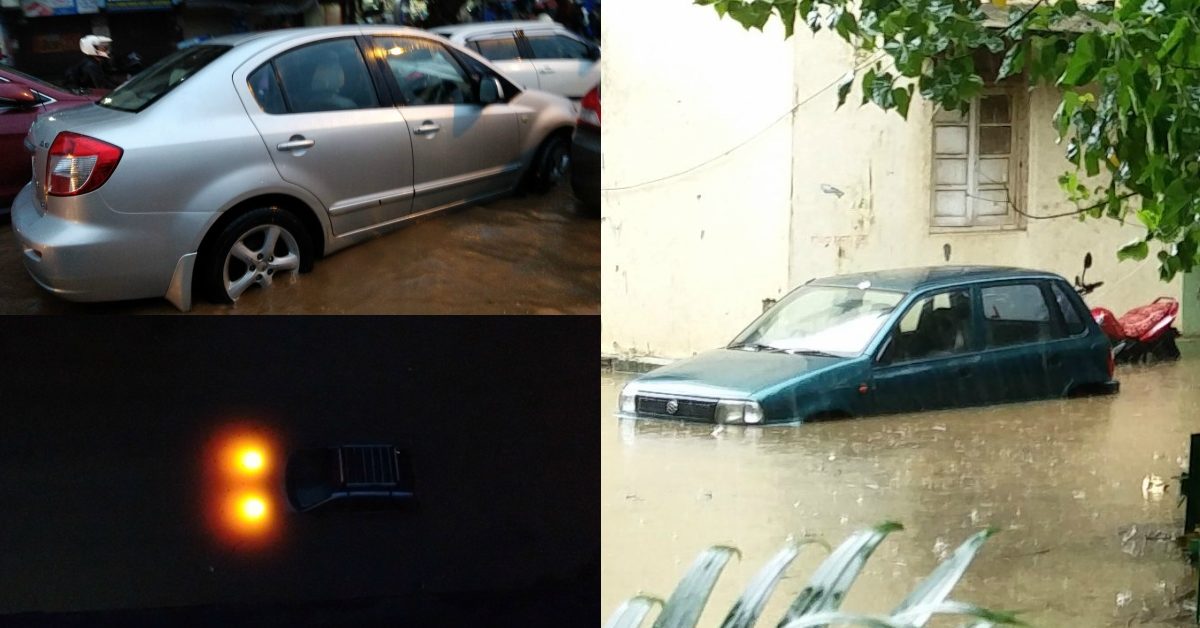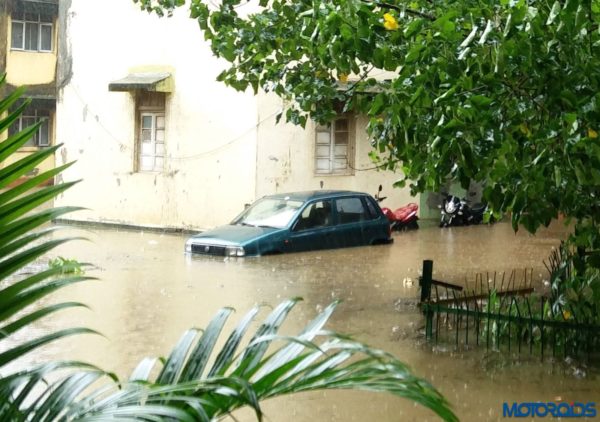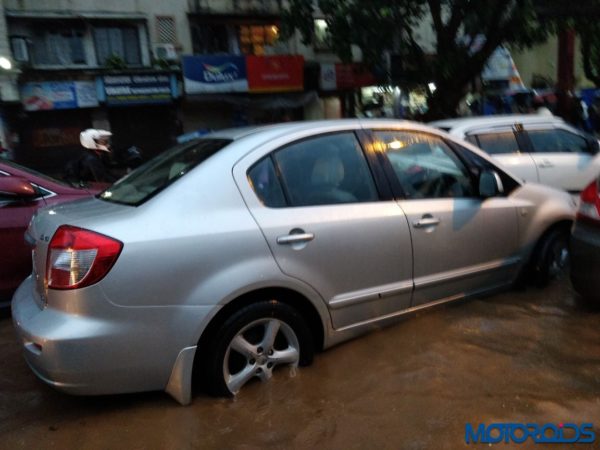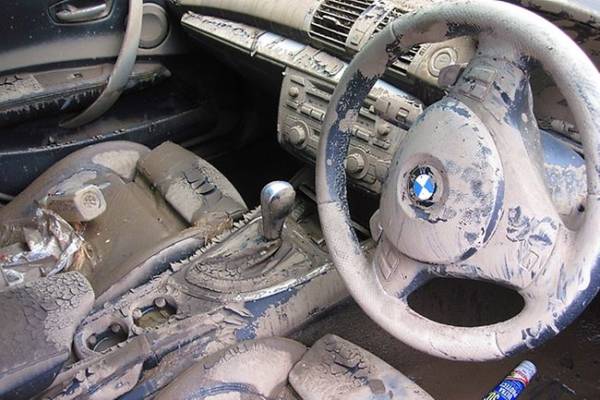If you’re among the lucky few who did not suffer due to Mumbai Floods yesterday (August 29, 2017), go ahead and celebrate, pop a bottle of your favourite beverage. Others, pay attention as the amount of repairs for your prized possession depends on what you do next. The water level has receded and most of us would run towards our vehicles on the first possible opportunity to see the extent of damage, and while we hope it to be minimal, it most likely isn’t. Here are a list of things to do, and not to do, to a flood affected vehicle and save it from further damage.
1: DO NOT Crank the engine! The first thing that most of us are tempted to do is to start the engine to check whether it is working. But the engine is most likely flooded with water and cranking up the motor would only make matter worse and cause massive, unrepairable damages. Instead of driving to the service centre, call roadside assistance service and tow your vehicle. Most insurance companies offer the service as standard while others may charge a nominal annual fee. Stay away from local mechanics and tow your vehicle to an authorised service centre only. Getting it tested by a local mechanic may void your warranty/insurance.
2: Call your insurance company. Your vehicle may have sustained more than exterior damage and the cost of repairs could go in thousands of rupees. Worry not as all insurance companies cover flood damage, unless mentioned otherwise, and most of the repair cost will be covered by your insurer. A comprehensive policy will cover more amount of damage than the standard insurance. Photographs of the submerged vehicle can act as proof of natural disaster which would help to speed up the insurance process.
3: What else to keep in mind while you wait for the towing service? With the number of claims that follow flood situation, the towing service may not arrive to you for hours. Here’s what you can do in the meantime. The interior of the vehicle has most likely suffered damage by water and, if unattended, it will suffer from mold problems. Start drying the interiors by opening the doors. Use a towel to soak water from the floor of the vehicle to minimize the dampness. DO NOT use a blow-dryer or similar devices as there might be a possibility of fuel leakage due to floods.
4: What if your vehicle wasn’t completely submerged? Ascertain the level till which your vehicle was submerged with the waterline created by mud and water. It’ll give you a fair idea of the level of submersion. Pop the hood and check the oil with the dipstick. If water has entered the engine, you’d find droplets of on the stick. Also check the air filter. If either of the two is water affected, do not start the engine. If they’re okay, check other fluids such as the coolant and brake oil. You may have to drain the fuel system and fill fresh fuel before cranking up the engine.
5: Last, but most important bit is getting your paperwork in place. You’d need a valid copy of the insurance, along with registration details and other documents. Photographs of the submerged vehicle, if available, can help to ease and speed up the insurance process. With the extent of flood in the city, the insurance companies would most likely be over-flooding (no puns intended) with claims so it’s better to call the insurer right away for early settlement.
We wish speedy recovery to your affected vehicles. Share your views and opinions about the post-flood precaution list through the comments section below.




